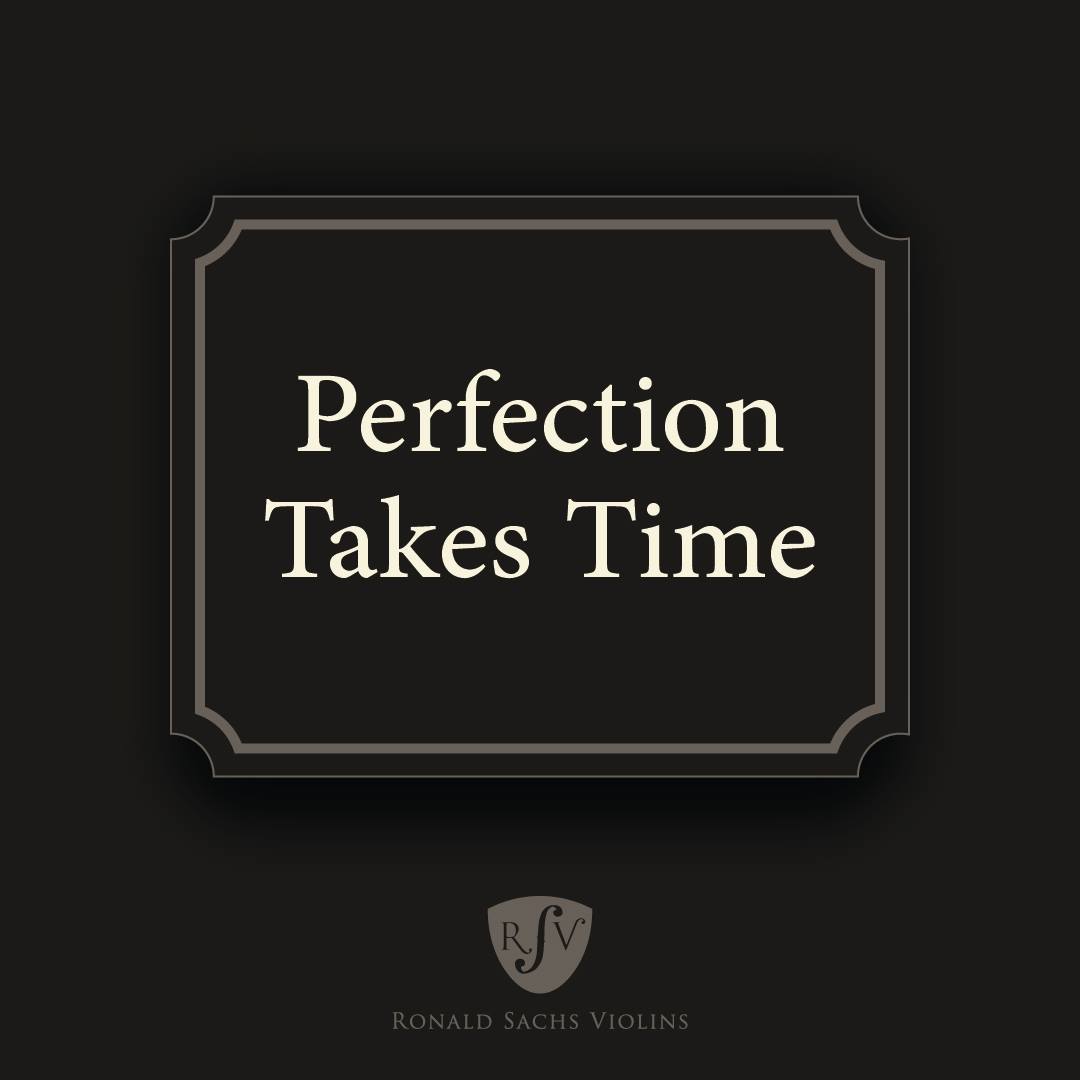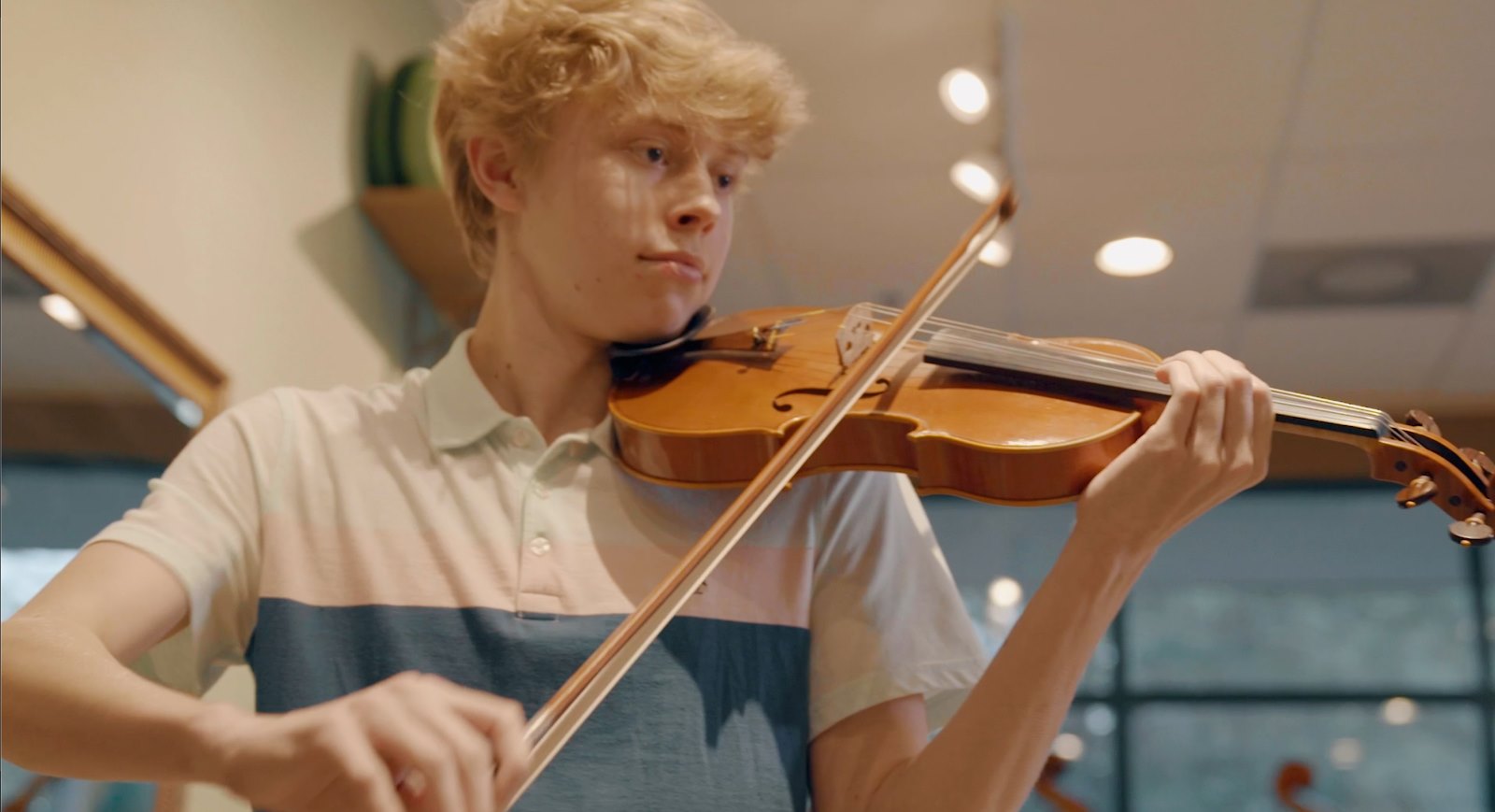Embarking on mastering the violin can be both exhilarating and challenging. This elegant instrument, known for its rich tones and complex character, demands dedication and a strategic approach to practice. Developing a structured practice routine is crucial whether you’re a budding musician or an aspiring virtuoso. In this guide, “How to Practice the Violin in 8 Steps: Ultimate Violin Practice Routine,” we’ll unveil a step-by-step approach tailored to enhance your skills, efficiency, and love for the violin. These eight transformative steps will guide you through a journey of musical growth, ensuring each practice session brings you closer to mastery.
8 Steps to Effectively Practice Violin
From mental preparation to acknowledging your progress, each step is a building block toward mastering the violin. We emphasize the importance of slow, methodical practice, breaking pieces into manageable sections, and the indispensable role of scales. Goal setting and a customized practice plan are integral to this approach, ensuring your time with the violin is efficient and enjoyable.
As we delve into violin practice tips, remember that consistent, focused practice is the key to unlocking your potential as a violinist. So, if you have bought a new piece from a violin store in Atlanta and are starting your musical journey or looking to enhance your skills, these steps will guide you toward becoming a more accomplished and confident musician.
Prepare Your Mind Before Practice Session
Once you have bought violins for sale online, the next step is practicing. Preparing your mind is playing the violin’s first and most critical aspect. It’s about creating a mental environment where focus and calmness prevail. Start by eliminating all distractions that could hinder your concentration. Turn off your phone, choose a quiet room without interruptions, and create an atmosphere conducive to focus and creativity.
Take a few moments for deep breathing exercises before practicing violin, which helps calm your nerves and center your thoughts. This process of grounding yourself is essential for mental clarity. Then, engage in visualization – a powerful tool in setting the tone for your practice session. Picture yourself playing the violin, imagine the smooth movements of your hands, and hear the music you aspire to create.
Practice Slowly

Rushing through violin practice sessions is a common pitfall for many violinists. It’s essential to start slowly to avoid this, focusing intently on precision and accuracy in every note and movement. Pay special attention to your bowing technique and finger placement, as these are foundational aspects of good violin playing. This meticulous approach is not just about playing the right notes; it’s about ingraining the correct movements into your muscle memory, which is crucial for advanced playing.
Slow practice time allows your brain and body to fully absorb and understand the mechanics and nuances of each piece. You can gradually increase your speed as you become more comfortable and confident with the piece.
Play One Part of the Song
Playing just one part of the song at a time is advantageous when practicing the violin. Avoid the temptation to play through the entire piece in one session. Instead, break it down into smaller, more manageable sections. This strategy allows you to focus intently on mastering one segment before progressing to the next. By doing this, you can give each part the detailed attention it deserves, and this is the best practice routine that ensures you fully understand and conquer each section’s nuances and technical challenges. It also prevents feeling overwhelmed and helps build confidence as you progressively master each part. Additionally, this segmented practice aids in memorizing the piece more effectively.
Practice Scales Religiously
Practicing scales religiously is pivotal for any violinist. Scales form the bedrock of violin proficiency, enhancing finger agility, intonation, and music theory comprehension. Allocate a specific segment of each practice session to scales. Begin with essential scales and gradually advance to more complex ones. Practice the same scale multiple times. Consistently integrating scales into your routine not only refines your technique but also aids in developing a keen ear for pitch and rhythm. This disciplined approach lays a strong foundation for tackling various musical pieces, contributing significantly to your growth as a musician.
Set Long-Term Goals
Setting long-term goals infuses your violin practice with purpose and direction. Whether performing in a recital, mastering a challenging piece, or reaching a certain skill level, these goals should be realistic and achievable. This forward-looking approach keeps you motivated and engaged, providing a rewarding sense of accomplishment as you progressively achieve these milestones.
Regularly revisiting and updating these goals can help maintain focus and adapt your ultimate practice routine to your evolving skills and aspirations. Use violin accessories to enhance your performance. Such goal-setting charts your progress and fuels your passion for continuous learning and improvement on the violin.
Create Your Practice Plan
A structured practice plan is vital for effective violin learning. Determine the duration of your daily practice and outline specific focuses for each session, incorporating a blend of scales, new compositions, and revisiting previous works. Personalize this plan to align with your goals, ensuring it sufficiently evolves with your progress and challenges you.
This organized approach maximizes your practice efficiency and ensures a balanced development of skills, keeping you on track toward achieving your musical aspirations. Regularly reevaluating and adjusting your plan is critical to maintaining its relevance and effectiveness as you grow as a violinist.
Stay Consistent

Consistency is critical in mastering the violin. Opt for regular, disciplined practice sessions over irregular, long ones. On days when motivation is low, commit to a brief practice period. This consistency maintains and enhances your existing skills, ensuring steady progress. If there is an issue with the instrument, consider repair or a violin bow rehair to keep your routine. Such a routine fosters discipline and nurtures your musical abilities, gradually leading to noticeable improvements.
Remember, consistent small steps are essential to long-term success and mastery in violin playing, helping to solidify techniques and deepen your understanding of the instrument.
Recognize Your Progress
Recognizing your progress is an essential aspect of your musical journey. Take time to celebrate small victories, such as mastering a scale, playing a piece flawlessly, or noticing improvement in your technique, as these achievements, though seemingly minor, are significant milestones in your development. Acknowledging and celebrating them boosts your morale and motivates you to strive for excellence. This positive reinforcement helps you maintain a growth mindset where every step forward is valued and recognized, no matter how small.
How Often Should I Practice Violin?
The frequency of your practice depends on your goals and skill level. Beginners start with 20-30 minutes daily, gradually increasing the duration as they become more adept. More advanced players often practice for several hours each day. Remember, the quality of practice is more important than the quantity. Regular, focused practice is more beneficial than infrequent, unfocused sessions.
Conclusion
Practicing the violin is a journey filled with challenges and rewards. These eight steps allow you to set yourself up for a productive and enjoyable practice routine. Remember, patience and perseverance are as important as the practice itself. Embrace each step of your musical journey with dedication and passion, and you’ll find yourself mastering the art of violin playing in no time.
